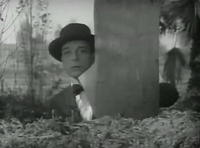 |
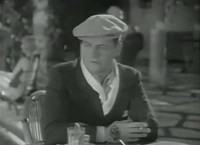 |
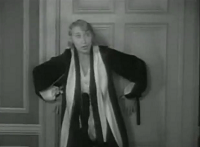 |
| Reginald Irving … Buster Keaton |
Jeffrey … Reginald Deny |
Polly … Charlotte Greenwood |
Proof That It’s Pre-Code
- “You can’t judge a husband in a bathing suit!” “No, but you can get a rough idea!”
- Plenty of liquor to go around. Wine, mostly, since no one can spell champagne.
- Lots of infidelity, or at least attempts at it. Everyone wants things bigger and better.
Parlor, Bedroom and Bath: Emphasis on the Bedroom
“The more I see of men, the more I like my dogs.”
Okay, so this is actually my seventh Keaton review (I wrote them in the order I saw them, posted them in chronological order), and I’m spent. Here’s the lowdown on Parlor, Bedroom and Bath: it’s strictly middle of the pack material. It’s a bedroom farce where he’s chasing after one girl by pretending to chase after other girls, and the other girls may or may not be in on it.
Since this is Keaton, this involves quite a bit of slapstick, forced kissing, and women running around in undergarments away from a man who thinks they’re doing it for show. As my wife noted, “Sexual assault seemed to be pretty popular back then!”
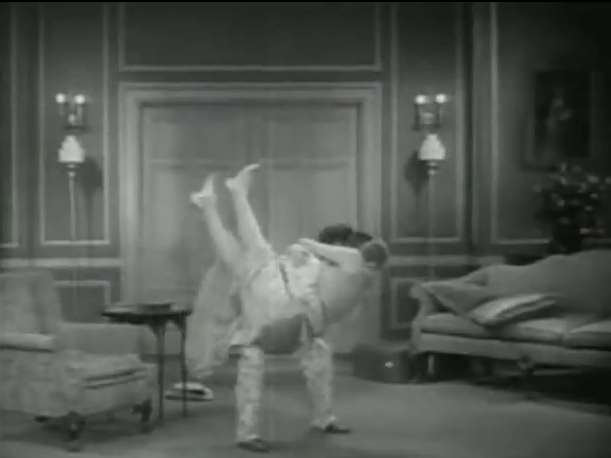
Ah, amour. Sweet amour.
Don’t worry, it’s not too revolting, it just gets a little harebrained from time to time. You see, Reginald is a sign tacker who gets run over by Jeffrey. Jeffrey wants to marry, but his fiance Virginia won’t walk down the aisle until her older sister Angelica is married. Jeffrey enlists Reginald to seduce Angelica, and once her attention becomes fleeting, to seduce other women to drive Angelica wild with jealousy.
I don’t know if I’ve properly conveyed in these reviews just how much of a doofus Keaton was forced to play through his MGM contract, but Reginald here can, in the most polite words I can muster, be described here as mentally deficient. Even for a farce of this nature where characters are often called upon to misinterpret every other line, Reginald comes across as a guy who can barely comprehend the basest language let alone the intricacies of human interaction.
Perhaps more so than his other films from around this time, Parlor, Bedroom and Bath tries to be a combination of ‘silent film comedian’ Keaton and ‘talkie star’ Keaton. Every belabored witticism is followed by a pratfall, and the ratio is startlingly high. Given both, and, believe me, it’s hard for me to say this, but neither comes out looking preferable. In this scenario, the physicality kills the momentum, the talkie sucks the air out of the room.
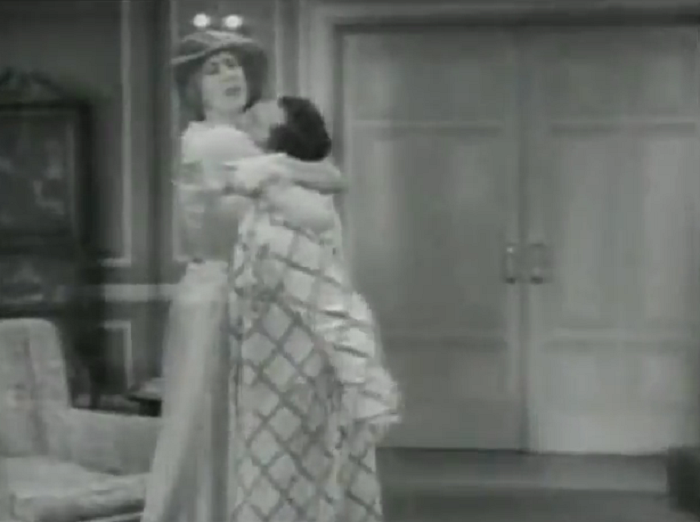
But a hope appears.
The only exception to this comes in the last act (as do the only laughs in the picture), when Charlotte Greenwood shows up. She’s a tall buxom comic whose physicality matches with Keaton easily, and the two become a veritable pair of cartoons when in action. Like in the forthcoming Speak Easily, when Keaton has a woman to tussle with, he finally gets the best of both the slapstick and wordplay. It’s a shame that the writers never actually make the comedic woman the romantic interest– in both, they’re the obstacles.
But now I’m veering off into wishlist territory. There’s nothing much interesting about Parlor, Bedroom and Bath besides a couple of dirty jokes and a number of long dull stretches. I can’t wait to stop talking about it, so I’m gonna.
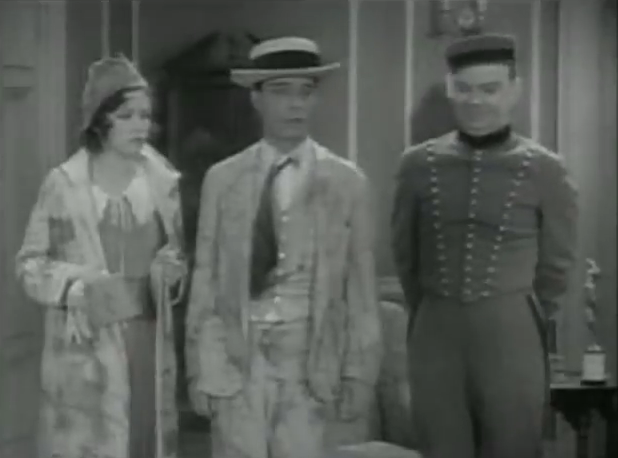
Oh, hey, on the right, it’s Cliff Edwards again. Here he’s a bellboy who always shows up at the wrong time, both in terms of the film’s story and comedic potential.
Trivia & Links
- As is noted many places, the large mansion where much of the action is set are Buster Keaton’s own digs at the time. This was known as “The Italian Villa” and you can read all about it here.
- TCMDB doesn’t have a whole lot of interest to say about this one, besides noting that the play that this is based on had been popular to perform for about a decade by the time it was made. There was a 1920 silent version with Eugene Pallet for those who are interested in that as well.
- Dr. Macro has some nice stills and dull looking posters for you.
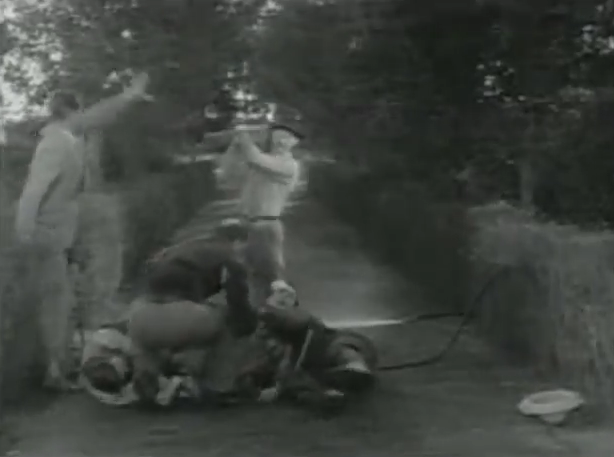
Let’s get one more good whack in on Buster…
- There’s been some writing over at Nitrateville and Film Threat that both discuss why, exactly, Keaton’s MGM movies were so awful. There seem to be a number of competing theories:
- MGM creatively stifled Keaton, with his producer forcing him to do plays that he had no interest in, his director not doing anything interesting with the films visually, his writers dumbing down his character incessantly, and, to add insult to injury, never was Keaton given any leeway in the artistic process.
- MGM did give Keaton a certain amount of leeway (see the “One Week” stunt from this film), but his style of comedy is incompatible with sound and therefore made most of his MGM talkies wretchedly inconsistent.
- Keaton should have just shut up and done whatever MGM said and been happy for the work. Injection of his own routines into the films made them worse.
- Jimmy Durante is a genius, who does this Keaton guy think he is?
- Okay, so I made that last one up. But #3 is surprisingly pervasive in discussions. I’d say this point of view is fairly ignorant– Keaton’s departure from the film screen has far more to do with personal issues and personality clashes than the quality of the material some of the time. Then again, anyone who unwillingly makes Speak Easy, Sidewalks of New York, or Parlor, Bedroom and Bath is probably perfectly correct in worrying about their career trajectory, especially if they’re meeting a lot of friction in trying to improve the product. I think Keaton’s problems at MGM comes from the fact that MGM really wasn’t a place to make blue collar comedies; it was the dignified studio of the stars, and Keaton was the nail sticking out. He was simply at the wrong place, and– in terms of his personal life– at the exact wrong time.
Awards, Accolades & Availability
- This film is available on Amazon and Warner Archive, and can be rented from Classicflix. It should be noted that all of the screencaps here come from the YouTube copy of the movie and not the Warner DVD, which I’m sure looks remarkably better; unfortunately the disc was checked out when it was time to do screencaps.
 |
Comment below or join our email subscription list on the sidebar!Home | All of Our Reviews | What is Pre-Code? |


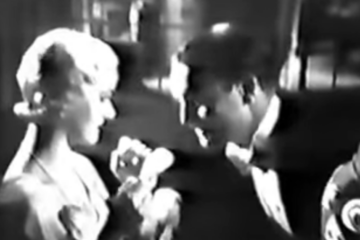
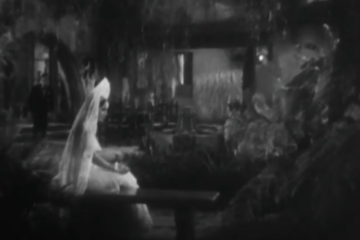
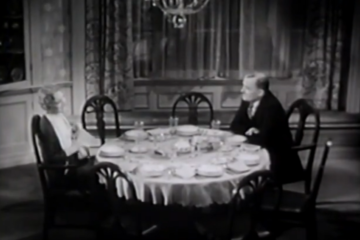
3 Comments
Paul · August 20, 2013 at 7:41 am
I don’t know how you could watch all these “un-watchable” films back to back without starting to loathe Keaton. I applaud your dedication and hope you watch some silent Keaton just to clear your mind. You certainly deserve it.
Danny · August 20, 2013 at 12:29 pm
Funnily enough, I did hit some shorts last week to clear the mind. Watching through all of these, it’s nice that I at least started with the worst one; I had nowhere to go but up, even if ‘up’ was rarely more than a cosmetic improvement.
John Bengtson · December 1, 2014 at 3:28 am
Buster filmed many scenes near the future site of LAX, Los Angeles International Airport. You can read more here http://silentlocations.wordpress.com/2012/05/20/a-tale-of-two-train-wrecks-and-one-airport-by-buster-keaton/
Comments are closed.